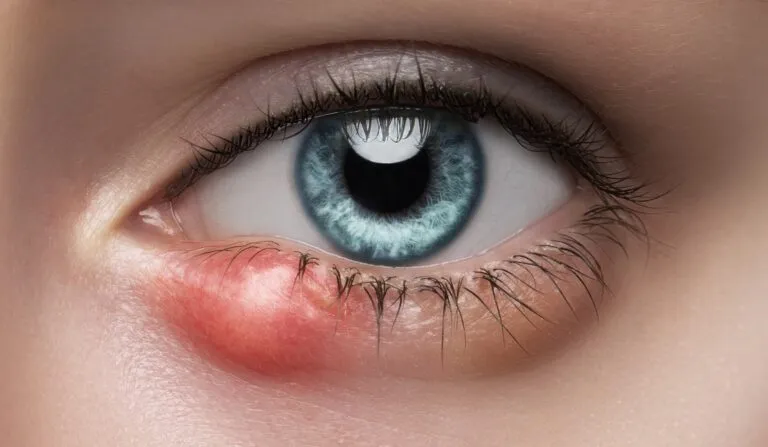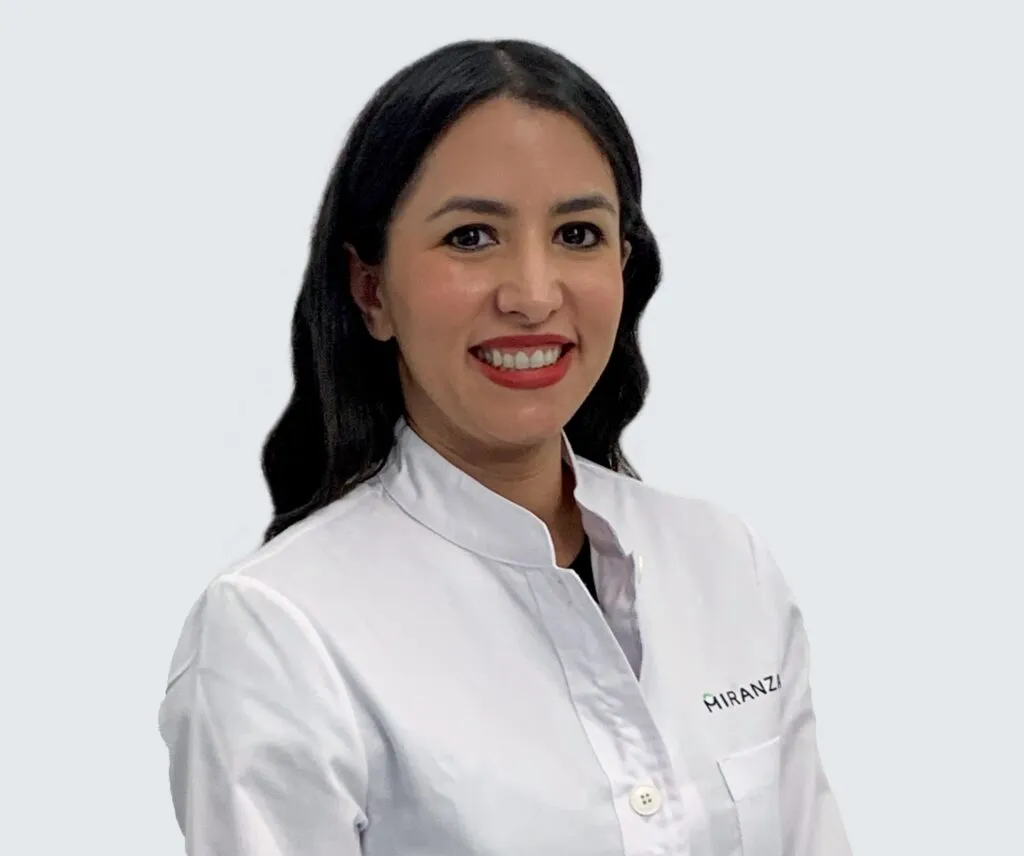
What are styes and how are they cured?
Have you ever had a stye? It is a very common lesion that takes the form of a reddish pimple, boil or lump on the outside or inside of the eyelashes. Although there are ways of preventing them, they are sometimes unavoidable.
Find out from the Miranza specialists about certain keys regarding styes.
Why have I got a stye?
A stye appears due to a bacterial infection in the glands of the eyelids (the Staphylococcus aureus bacteria). “Sometimes, the glands inside the fold of skin covering the eyes produce a dense oil instead of a very fluid oil, which cannot be released through the edge of the eyelid and remains inside”, explains Dr Marina Rodríguez Tirado, ophthalmologist at Miranza IOA and Miranza Ophthalteam
The stye can also be associated to poor eyelid hygiene and to different eye or dermatological conditions.
The most common are:
- Ocular disorders, such as blepharitis (inflammation of the eyelid margins, often associated with dry eye).
- Skin conditions, such as acne and rosacea.
- They might sometimes appear as a reaction to stress and hormonal changes.
Although on other occasions, “they appear for no apparent reason”, explains Dr Rodríguez.

How do I know if I have a stye?
Despite not normally being a serious infectious process, a stye can be very unpleasant and even painful. As well as its appearance in the form of a pimple or lump on the inside or outside of the eyelid, you might notice:
- Itchiness.
- Foreign body sensation.
- Tearing.
- Sensitivity to light.
- Pain.
Who does it affect?
It often affects people of any age, although mostly children and adolescents. Along these lines, Dr Rodríguez says that a stye can also hide a refractive error (myopia, astigmatism and hyperopia).
“When a child has to make an effort to change how they open their eyelid in order to see better means that the fat is being squeezed more than necessary and it accumulates. This is when styes occur”, she explains.
When should I see a specialist?
“It is always wise to see the ophthalmologist when you have a stye because it might be the start of gland dysfunction and, in the future, the cause of dry eye”, indicates Dr Marina Rodríguez, expert in Dry Eye at the Miranza IOA and Miranza Ophthalteam clinics.
Furthermore, although no usual, the lesion could spread to other glands and tissue in the eye and could become chronic and turn into a cyst which is sometimes mistaken for a stye, known as a chalazion.
And how can it be treated?
“In these severe, resistant cases when it has become chronic, a simple surgical intervention might be required to remove it”, adds Dr Rodríguez.
In most cases, however, it normally disappears on its own within one to two weeks.
To speed up the process, heat should be applied to encourage the inflamed glands of the eyelids to dilate and for the stye to drain. Therefore, massaging and cleaning the eyelid using warm compresses on the area is recommended, in addition to antibiotic and steroid-based creams prescribed by a specialist.